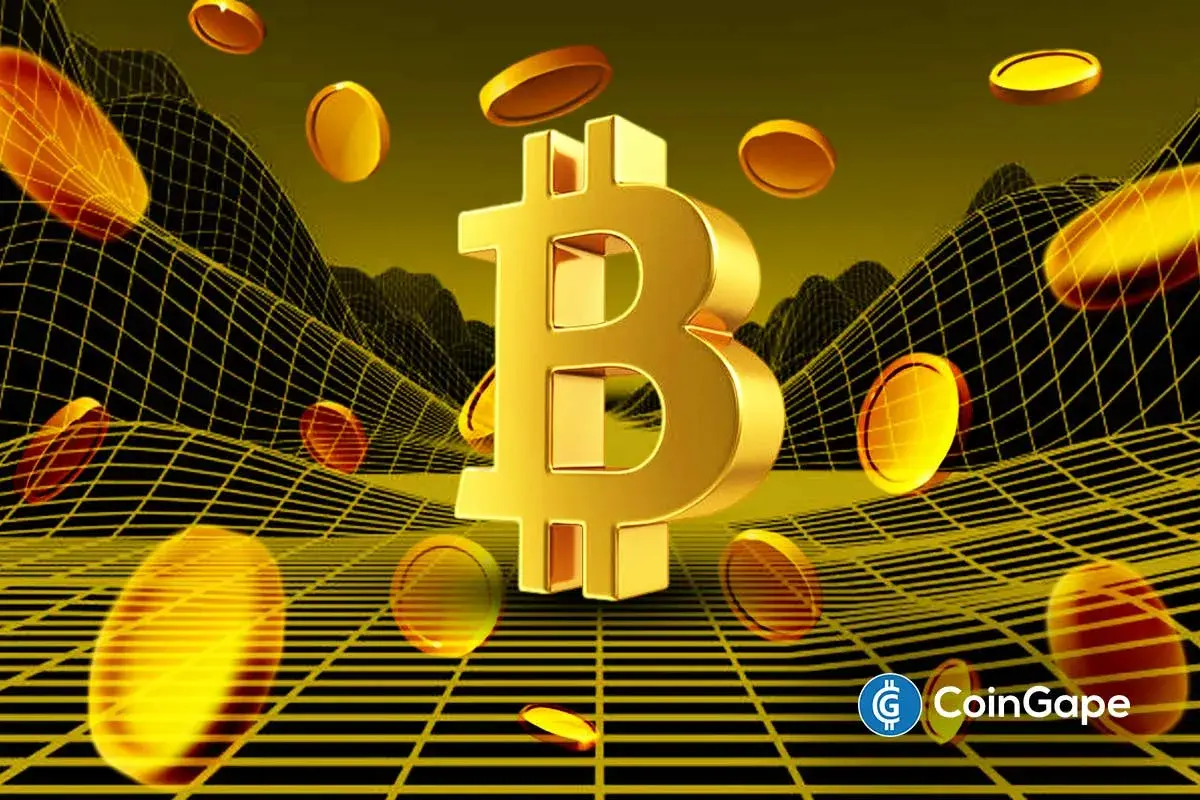Israel Iran War: Crypto Billionaire Predicts War Is Unlikely To Impact Bitcoin

Highlights
- Raoul Pal explains that Bitcoin follows the global market liquidity.
- The tension between Israel and Iran escalates, while Bitcoin price stays stable.
- The movement of the BTC price disregards the spikes in oil prices and political turbulence.
Bitcoin (BTC) remains on track for more gains despite rising tensions between Israel and Iran, according to macro investor Raoul Pal. In a post shared recently, Pal argued that global liquidity explains most of Bitcoin’s price moves.
Bitcoin Ignores Geopolitical Tensions, Follows Liquidity Instead
The popular macro investor shared a chart in a X post, that compared Bitcoin with the global M2 money supply. Pal said 89% of Bitcoin’s movement aligns with changes in global liquidity.
That means news cycles and geopolitical headlines may not matter as much. His view is that monetary expansion drives BTC more than wars, politics, or news headlines.
In a related update, news broke that Israel had struck Iranian energy infrastructure. Fires were reported at the South Pars gas field.
Source: X, Raoul Pal
The Kobeissi Letter reported the incident adding that oil prices could jump sharply, with some traders expecting more spikes by Monday.
Alva, a financial analytics firm, added that oil futures rose over 7% within hours. They warned about risks to shipping routes if tensions escalate. Despite this, BTC price has barely flinched. The price is only up a marginal 0.02%, fitting Pal’s thesis. He suggests that unless the strike alters global money supply, it won’t shift Bitcoin’s trend.
Pal’s Chart Shows Significance of M2 Correlation vs Geopolitical Noise
Such an opinion may be unexpected by many market players, as the fluctuations of oil prices usually affect the cryptocurrency market and the world’s financial market. Nonetheless, his chart that contains the data over the last three years clearly demonstrates that there is a positive correlation between M2 and BTC, making his point valid.
This correlation has held through wars, elections, and rate hikes. It further proves that as liquidity rises, BTC price tends to rise later. This chart provides a framework to investors and traders. Should the global liquidity continue to grow, BTC may trade at higher prices.
Oil volatility, stock volatility or political volatility could make the coin experience temporary fluctuations in the short term. Nevertheless, it will not alter the overall direction of the leading cryptocurrency.
- Fed’s Stephen Miran Urges More Rate Cuts In 2026 To Avoid U.S. Recession
- Breaking: $4T JPMorgan Explores Crypto Trading for Institutional Clients as U.S. Banks Embrace Crypto
- Bitcoin and Ethereum ETPs See $1B in Outflows as Institutions Rotate into XRP
- Michael Saylor’s Strategy Pauses Bitcoin Buying as Crypto Market Anticipates a ‘Santa Rally’
- Bitcoin and Ethereum Options Traders Turn Slightly Bullish, Santa Claus Rally?
- Aster launched Phase 5 Buyback Program Allocating 80% Fees. Will ASTER Price Rally?
- XRP Price Prediction: Rare Bullish Patterns Align With Powerful Catalysts
- Weekly Crypto Price Prediction: Bitcoin, Ethereum, and XRP as Market Momentum Builds
- Will Solana Price Hit $150 as Mangocueticals Partners With Cube Group on $100M SOL Treasury?
- SUI Price Forecast After Bitwise Filed for SUI ETF With U.S. SEC – Is $3 Next?
- Bitcoin Price Alarming Pattern Points to a Dip to $80k as $2.7b Options Expires Today

 Claim $500
Claim $500















